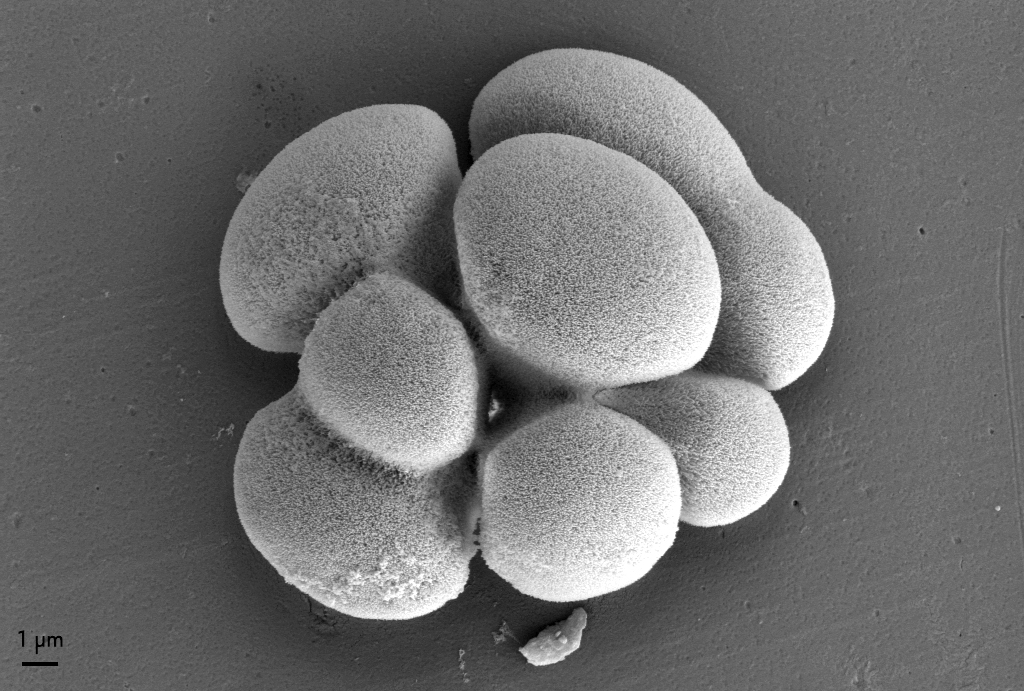A new geochemical scenario for conditions conducive to the appearance of life on Earth
A European study involving a CNRS researcher at the Institut de Physique du Globe de Paris, published at the end of December 2020, proposes a new interpretation of oceanic and atmospheric conditions on our planet 4 billion years ago. By suggesting a methane-rich atmosphere and a basic, silica-rich ocean, the scientists believe that structures favorable to the emergence of life could have been set up on a large scale on the surface of the primitive Earth.

Publication date: 08/01/2021
Press, Research
Related teams :
Lithosphere Organosphere Microbiosphere (LOMs)
Related themes : Origins







